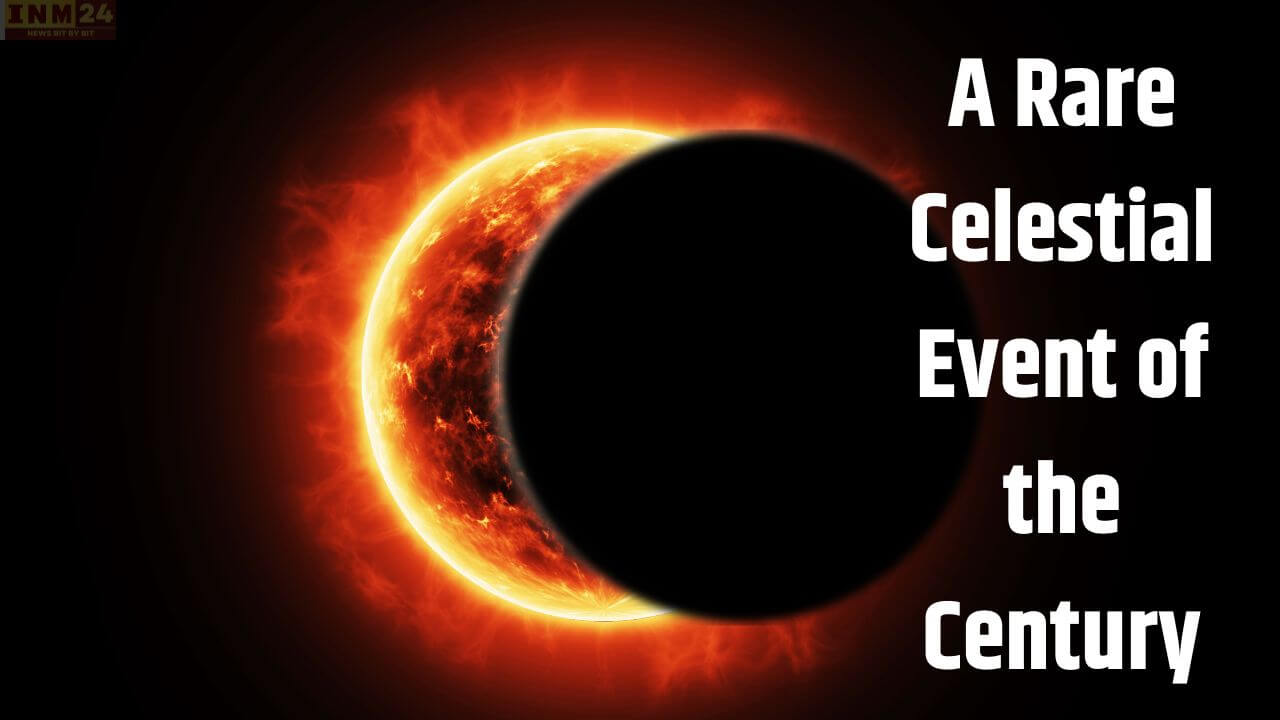The upcoming total solar eclipse on April 8, 2024, is anticipated to be a remarkable celestial event, distinguished as the longest in the past 50 years. Solar eclipses, occurring every six years, often capture the fascination of astronomers and enthusiasts alike. However, the uniqueness of the 2024 event lies in its exceptional duration, attributed to the specific alignment of the moon.
A total solar eclipse occurs when the moon passes between the Earth and the sun, obscuring the sun’s light and casting a shadow on the Earth’s surface. During a total solar eclipse, the moon entirely covers the solar disk, resulting in a temporary darkness over a portion of the Earth. While such occurrences are relatively frequent, the 2024 eclipse promises a distinctive experience due to several factors.
According to scientists, the 2024 total solar eclipse will be the longest in the past half-century due to the moon’s proximity to the Earth. The day before the eclipse, as the moon approaches its closest point to Earth, it will be approximately 360,000 kilometers away. This proximity will make the moon appear slightly larger than usual, prolonging the duration of the eclipse. Consequently, the sun will be obscured for an extended period, leading to a prolonged period of darkness on Earth. Additionally, during the eclipse, the Earth and the moon will maintain an average distance of 1.5 million kilometers from the sun, further contributing to the prolonged duration of the event.
2024 Total Solar Eclipse: Rare Celestial Phenomenon to lluminate North America
The last time such an extended period of darkness was observed in the sky was in 1973, when a solar eclipse cast its shadow over the African continent. The upcoming 2024 eclipse is anticipated to surpass this duration, offering astronomers and spectators a rare and captivating spectacle.
One of the most notable aspects of the 2024 total solar eclipse is its rarity. Similar celestial alignments over the Pacific Ocean are not expected until 2150. Residents of Mexico, the United States, and parts of Canada will have the opportunity to witness this extraordinary event firsthand. Regions such as Montana, North Dakota, and South Dakota will experience the eclipse with naked-eye visibility.
However, experts advise using specialized eyewear to safely observe the eclipse. With its exceptional duration and rarity, the 2024 total solar eclipse promises to be a momentous event for astronomers and skywatchers alike, offering a unique opportunity to witness the wonders of the cosmos.
